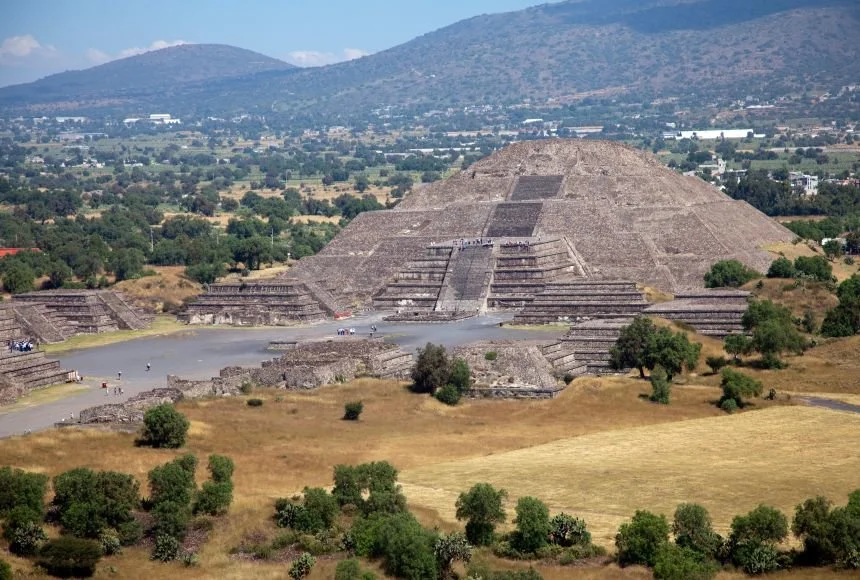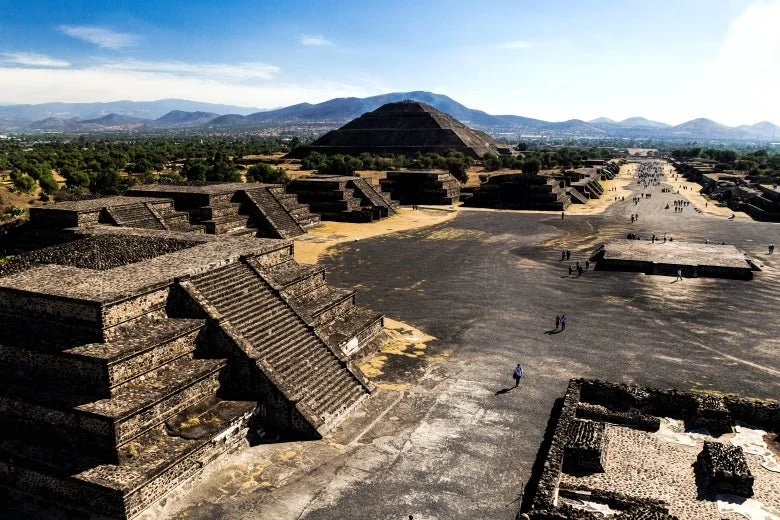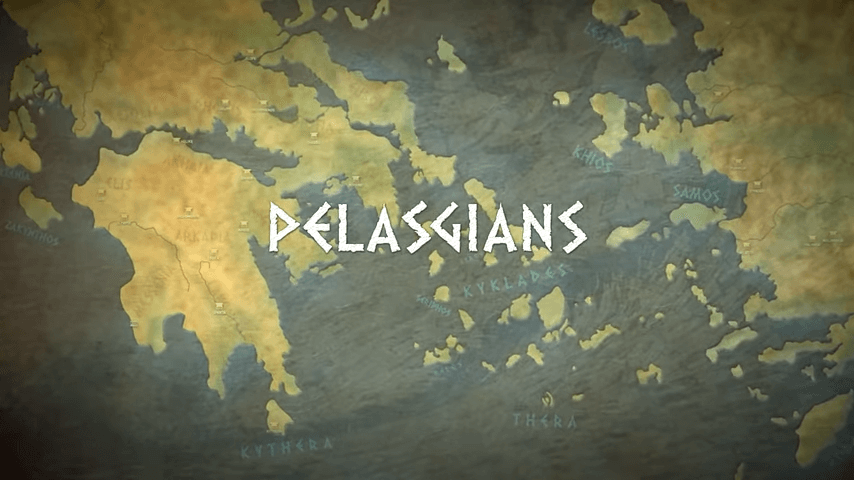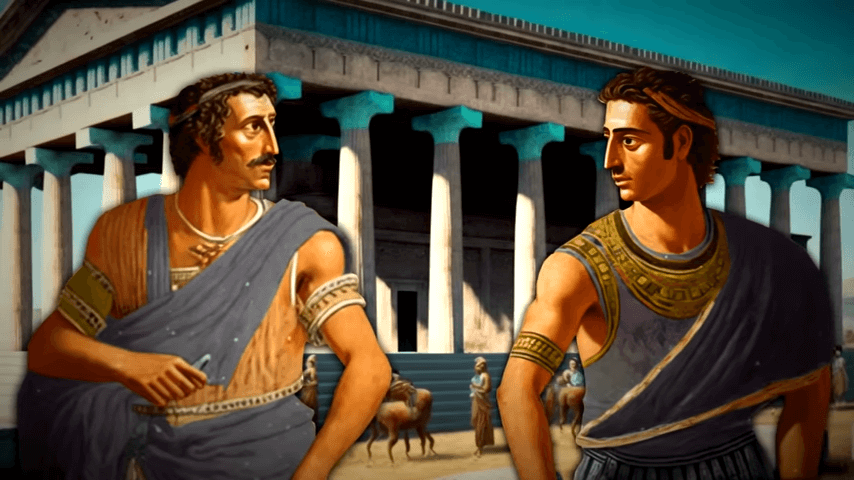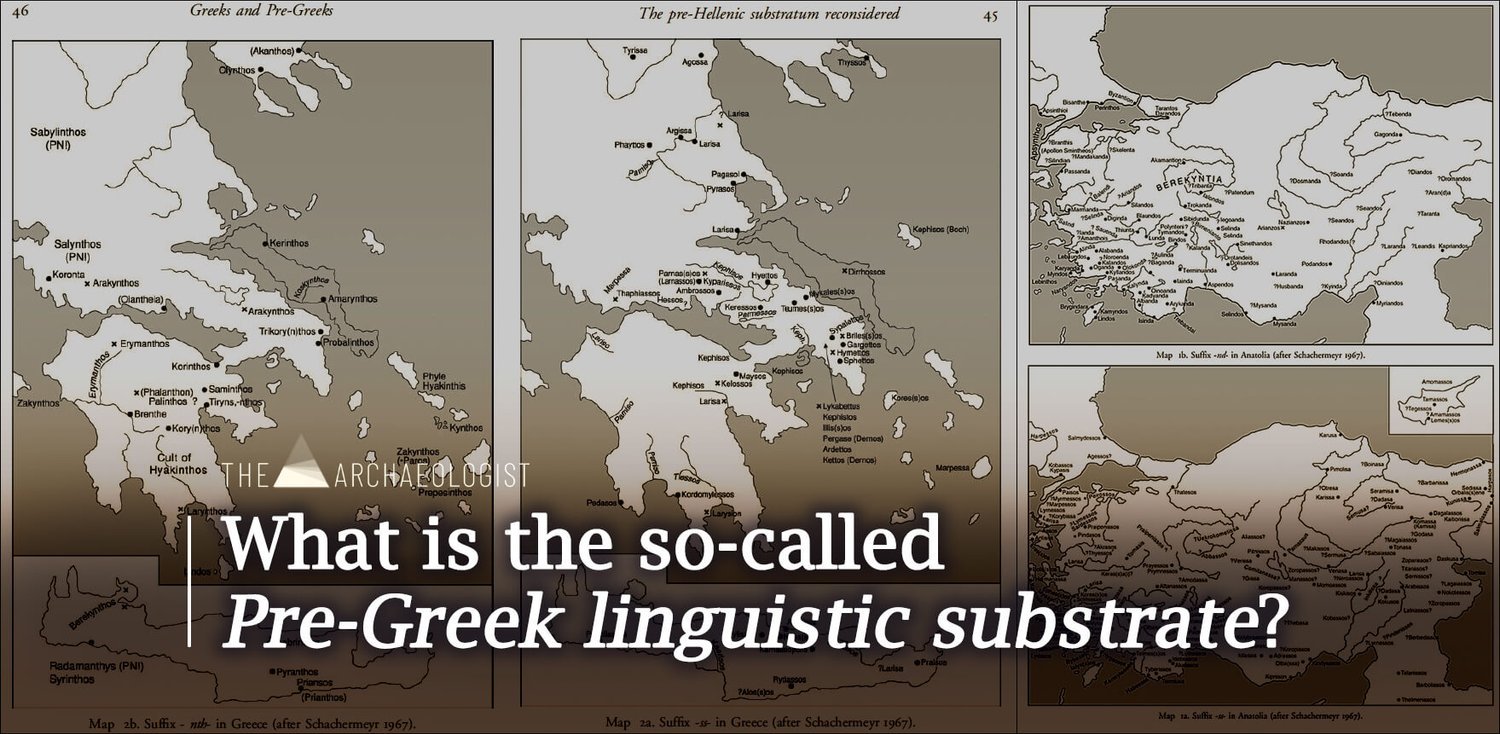Giacomo Boni, a Venetian archaeologist, was named director of the Roman Forum excavations in the Italian capital in 1898. He kept this position until his passing in 1925. An Iron Age necropolis, the Regia (originally a barracks and later the seat of Rome's greatest pope), the temple of Vesta, and other structures are among the findings he made during that time.
Diagram of the Lapis Niger in 1906/ photo public domain on Wikimedia Commons
The Lapis Niger (black stone), an ancient sanctuary where one of the first known Latin inscriptions was discovered and dated between 570 and 550 BC, is one of its most notable findings in the Forum. Even the Romans themselves could not fully understand this sanctuary, despite it being regarded as a hallowed area, until the time of Julius Caesar. It was a component of the historic Comitium, the Forum's northwest-facing public gathering space for the curiate assembly.
It is thought that this sanctuary was reformed at precisely the time of Julius Caesar (or earlier, according to other experts, during the reign of Sulla, who ruled between 81 and 80 BC). A new structure with black marble flooring is thought to have been built at that time. What made it so intriguing was what it covered; at a depth of 1.5 meters, Boni discovered the indicated inscription and an ancient tomb, whose owner the Romans had long since forgotten by the time of Caesar.
Generation after generation, they revered and preserved the site because they were certain that it was significant and hence sacred. Since they didn't know who was interred there, a number of rumors started to circulate and eventually became into tales. One of them said that it would be the grave of Romulus, the founding figure and first ruler of Rome, who was assassinated in the Vulcan temple that was next to the Lapis Niger.
whereas Romulus, when he vanished, left neither the least part of his body, nor any remnant of his clothes to be seen. So that some fancied, the senators, having fallen upon him in the temple of Vulcan, cut his body into pieces, and took each a part away in his bosom; others think his disappearance was neither in the temple of Vulcan, nor with the senators only by
Plutarch, Vidas Paralelas, Life of Romulus 1, 27-6
The pillar with the inscription in Lapis Niger / photo Giovanni Dore on Wikimedia Commons
According to other legends, it could be the resting place of Faustulus, the shepherd who discovered and raised Romulus and Remus, or it could be the grave of Hostus Hostilius, the grandfather of King Tullus Hostilius (third king of Rome between 673 and 642 B.C. ), who was one of the Celeres, Romulus' personal bodyguard.
As you can see, Romulus is the subject of all of these hypotheses. The issue is that there is no evidence for this link inside the Lapis Niger. In fact, the earliest texts that make reference to it already cast doubt on the tales and lean toward concluding that it was most likely the location from which the kings addressed the populace and senate.
Interpretation of the inscription / photo ImperioRomano.com
In addition to the pillar with the inscription, the Boni excavations discovered countless ceramic fragments, votive statuettes, and proof of ritual animal sacrifices, all of which were hidden behind a layer of gravel that had been added on purpose. All of these remains have been dated to the 5th to 7th centuries BC. That is, at the earliest, at the time of Romulus' passing and the start of the rule of Numa Pompilius (716–674 BC), who succeeded him and was also Romulus' brother-in-law.
The site underwent numerous changes throughout the years, including fires and partial destruction as a result of wars and invasions, until it was rebuilt in the first century BC when a more modest altar with a floor made of black marble was built over it.
As for the inscription, it is, as we have stated, the oldest Latin text yet discovered. But it has a few unique features. First of all, the alphabet used to write it is closer to that of Greek than Latin, placing it historically at the beginnings of the latter. The text is then written using the bustrophedon style, an ancient writing method that involves writing one line from left to right and the next from right to left or vice versa.
Pillar replica / photo sailko on Wikimedia Commons
Finally, because the inscription's beginning and end are gone and only half of each line remains, the interpretation of what it means is constrained. However, what can be read appears to suggest that the site was honoring a king (rex). The four pillar faces would be written as follows:
QVOI·HOI·SAKROS·ES·ED·SORD
OKAFHAS·RECEI·IO·EVAM·QVOSRE
M·KALATO·REM·HAB·TOD·IOUXMEN·TA·KAPIA·DOTAV
M·I·TERPE·M·QVOI·HA·VELOD·NEQV·IOD·IOVESTOD
Likewise, the widely accepted translation:
Whosoever (will violate) this (grove), let him be cursed. (Let no one dump) refuse (nor throw a body …). Let it be lawful for the king (to sacrifice a cow in atonement). (Let him fine) one (fine) for each (offence). Whom the king (will fine, let him give cows). (Let the king have a —) herald. (Let him yoke) a team, two heads, sterile … Along the route … (Him) who (will) not (sacrifice) with a young animal … in … lawful assembly in grove ..
The significance of this inscription rests in the fact that it provided the first epigraphic proof that kings previously reigned in ancient Rome. something that was mentioned in classical writings but was never confirmed.
We'll probably never know whether Romulus or one of those rulers was interred beneath the altar. The Lapis Niger must have been a founding monument of the city of Rome, around which the Roman people's meetings were conducted since very ancient times, practically all specialists agree.



























